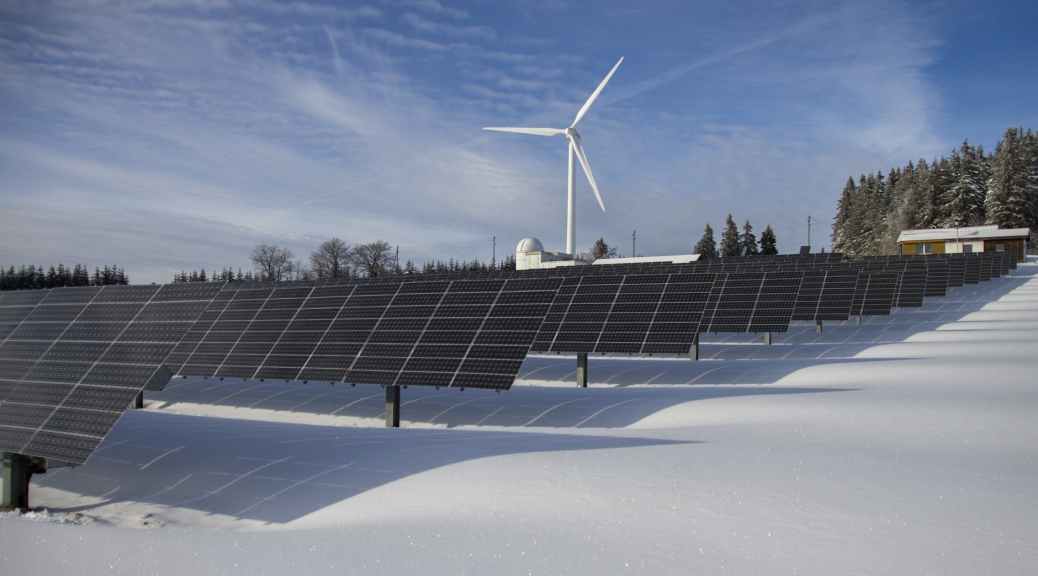OGHMC v2
This new build i built with the Radxa Zero with external WIFI antenna, comes with an extendable WIFI plug “U.FL (UMCC) to RP-SMA” that can be mounted outside ,
One of my biggest struggles with Debian was getting the external WIFI modules to work reliably and i found the rtl8188etv i was using particularly bad, while it does allow you to put the WIFI into monitor mode with Kali Linux it just sucks having to spend 2 -3 hours recompiling the kernel to get the drivers working, only to do an update and they stop again.
The external antenna helps with removing the need for the rtl8188etv module and solves any issues with range.
the keyboard is now replaced with a simpler blue tooth keyboard and track pad combination
it is WAY less stress and I already had one in my workshop, i still have the on screen key board with the touch screen and the “mouse” also working as part of the touch screen. until the blue tooth connects.
it does require a charge but the battery lasts ages.
i added heat sinks to the build . not so much cause it gets hot but cause i had them lying around an cooler is never bad.
I found a good charging board which ive upgraded, and connected to the batteries. it includes a buck and boost converter so you can control the voltage of variable inputs . means it can run on any 3v to 24v supplies as long as it has enough amps.
the screen is the same as before but I found the glue and bicarbonate of soda hack to work for only a few months, then it gave way, so i drilled the case and mounted it properly with screws. the case is still as water proof as it was, they are not perfectly water tight anyway.
i am looking at also upgrading the USB hub with Ethernet, its hardly ever used in most applications of the OGHMC but its good as backup
New Version Pics below








You must be logged in to post a comment.